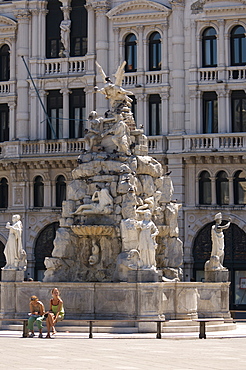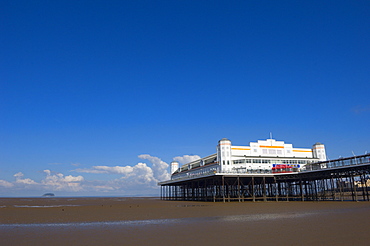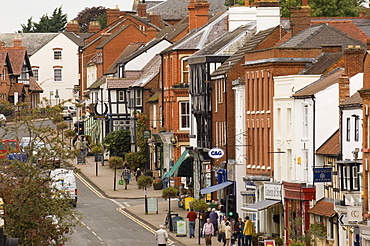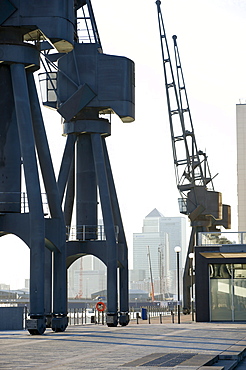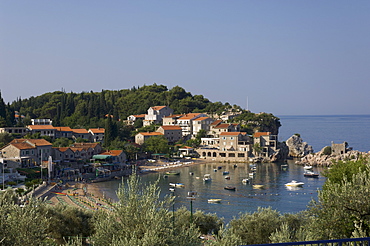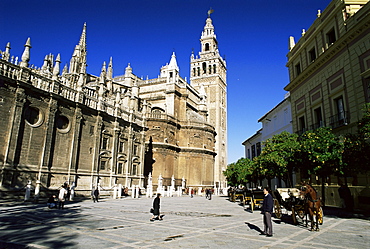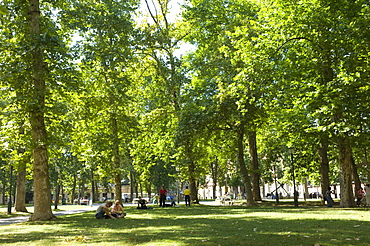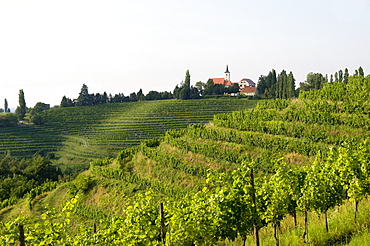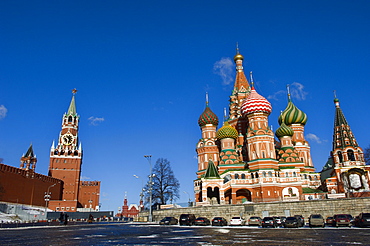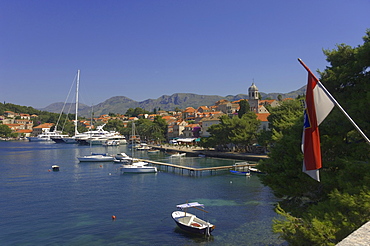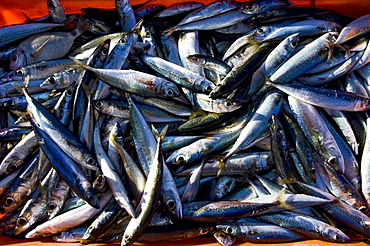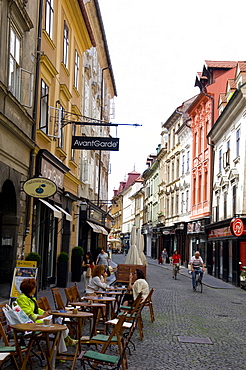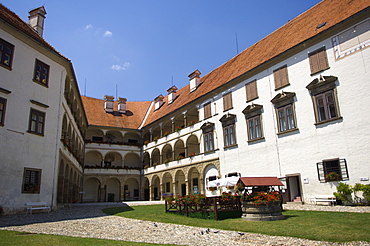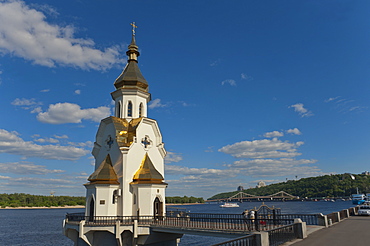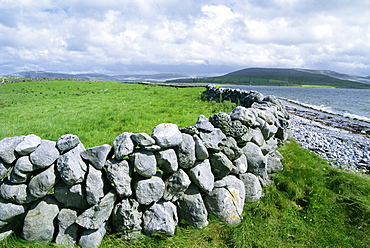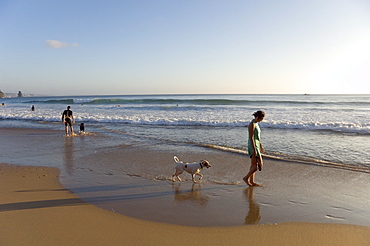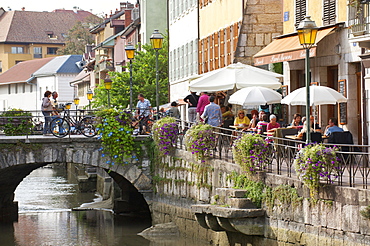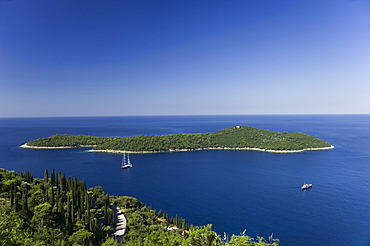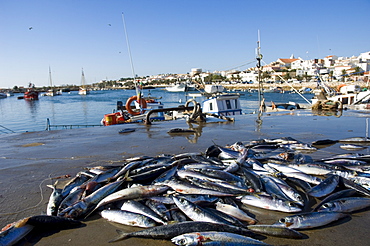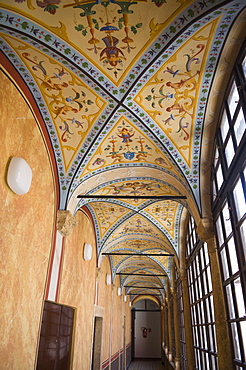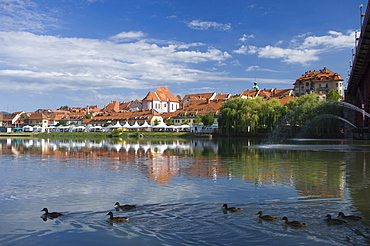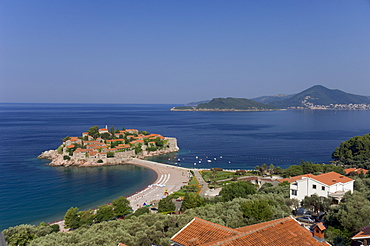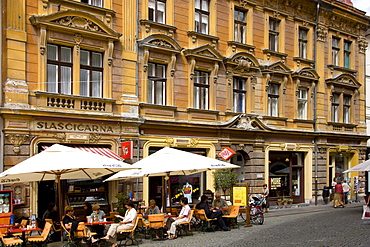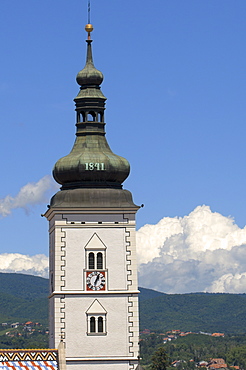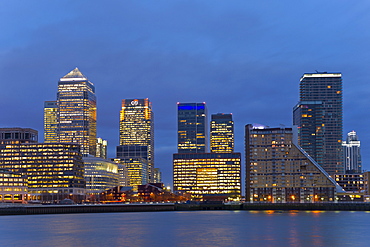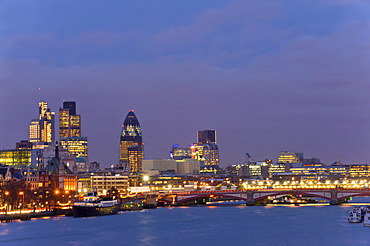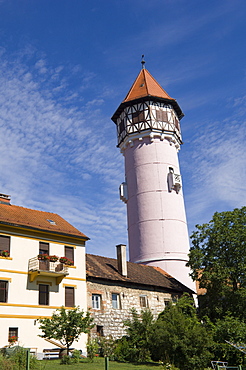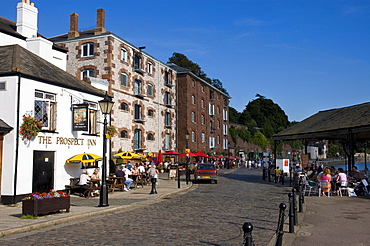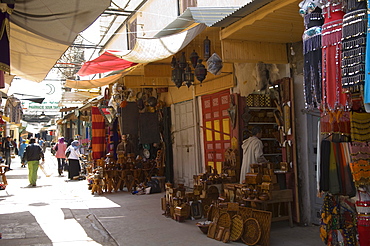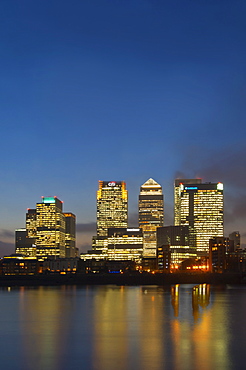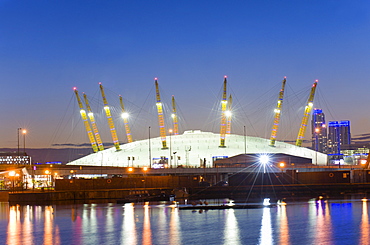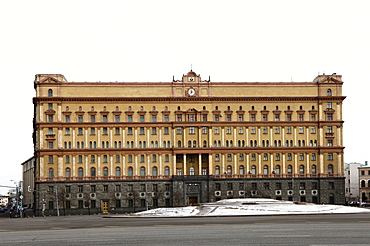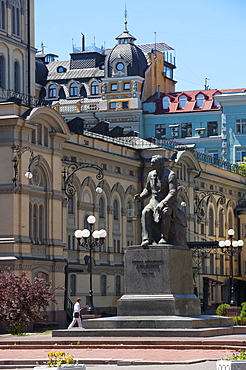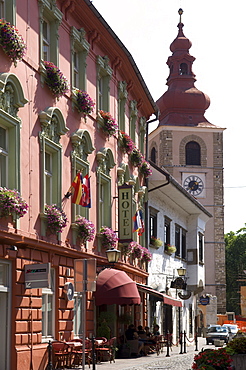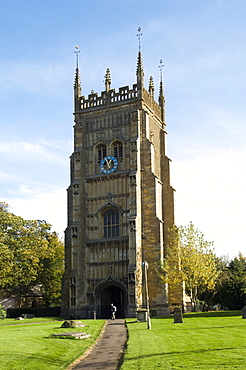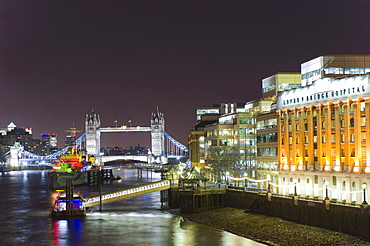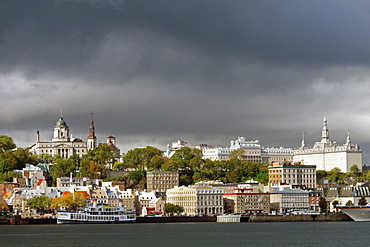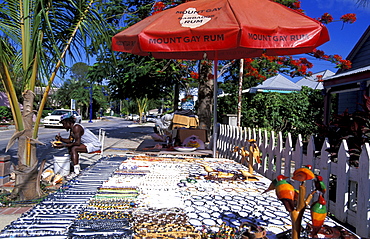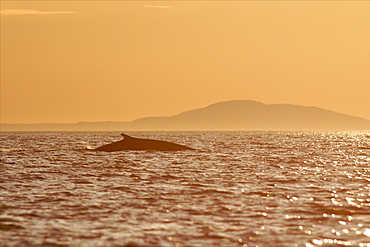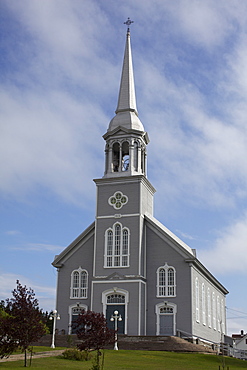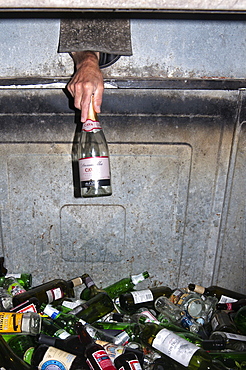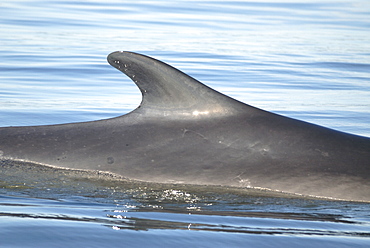Results
« Previous 1 … 5 6 7
647 results found
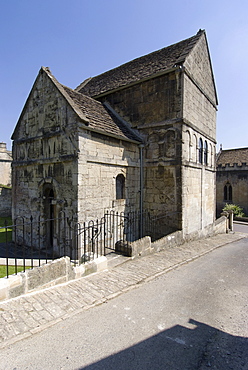
The Saxon Church of St. Lawrence built between 705 and 921AD, Bradford on Avon, Wiltshire, England, United Kingdom, Europe
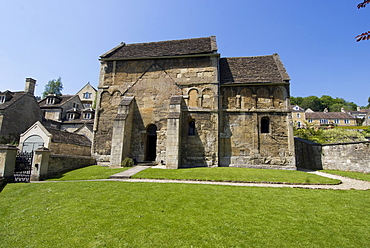
The Saxon Church of St. Lawrence built between 705 and 921AD, Bradford on Avon, Wiltshire, England, United Kingdom, Europe
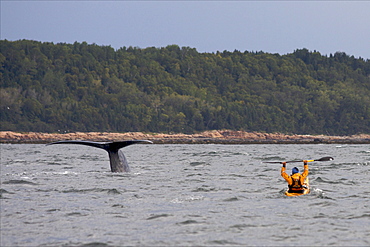
A blue whale diving deep after feeding, watched by kayakist Mathieu Hersberger, on the St. Lawrence River, close to Les Bergeronnes, Quebec, Canada, North America

People in kayaks setting off to look for whales at dawn on the St. Lawrence River in the Marine Park of the Saguenay Saint-Laurent, Les Bergeronnes, Quebec Canada, North America

St. Lawrence Church, a 14th century church restored by Sir Francis Dashwood in 1752, West Wycombe, Buckinghamshire, England, United Kingdom, Europe
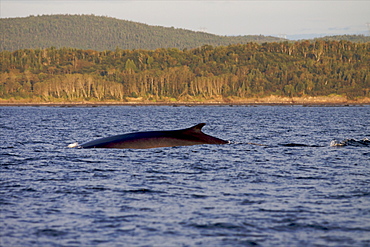
A fin whale at dawn on the north coast of the St. Lawrence River, Les Bergeronnes, Quebec Canada, North America

Kayakers looking for the blow in order to locate the blue whales, St. Lawrence River, close to Les Bergeronnes, on the north coast, Quebec, Canada, North America

A blue whale diving deep after feeding on the St. Lawrence River, close to Les Bergeronnes, Quebec, Canada, North America

Watching for the whales around Les Bergeronnes, on the St. Lawrence River, Quebec, Canada, North America
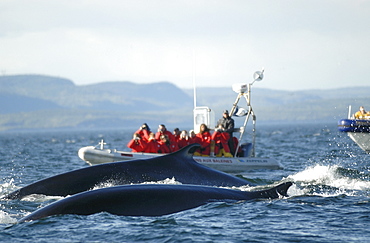
A group of Finback whales (Balaenoptera physalus) surfaces right beside two whale watching boats. St. Lawrence estuary, Canada

The white bodies of a group of Beluga whales (Delphinapterus leucas) breaking the surface of the calm water. These beluga whales that live in the St. Lawrence, Canada, year-round belong to the furthest southerly population of this arctic whale species.
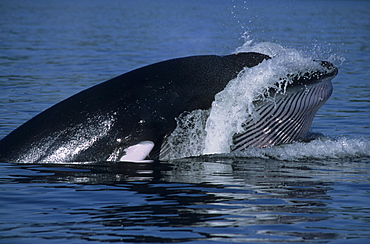
Late phase of an oblique lunge. The Minke whale (Balaenoptera acutorostrata) falls back into the water while its throat is still expanded and water is pushed out under high pressure. St. Lawrence estuary, Canada
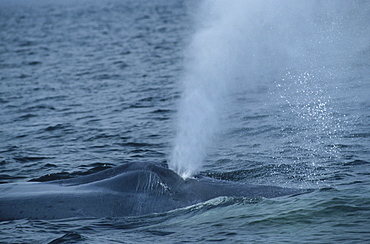
Blue whale (Balaenoptera musculus) exhaling a cloud of tiny water droplets into the air. St. Lawrence estuary, Canada
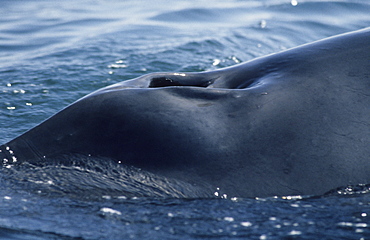
Close up of the blowholes of a Minke whale (Balaenoptera acutorostrata) that lie just posterior of the distinctive ridge stretching over the rostrum. St. Lawrence estuary, Canada

Amazing closeup of a lunging Minke whale (Balaenoptera acutorostrata) feeding on krill. Some of these small euphausiids are still hanging on to the expanded grooves. St. Lawrence estuary, Canada
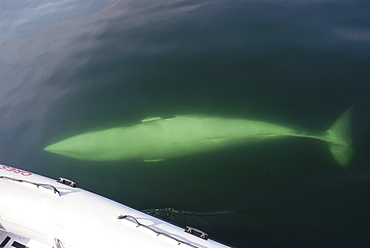
She canÃt be more trusting than that. A curious Minke whale (Balaenoptera acutorostrata) has turned upside down exposing her white belly, navel and genital slits to the photographer. St. Lawrence estuary, Canada
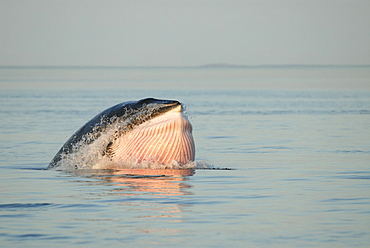
A perfect oblique lunge of a Minke whale (Balaenoptera acutorostrata) surface feeding in the early evening. Its Grooves are expanded and water is purged out, two main characteristics of a feeding strike. St. Lawrence estuary, Canada
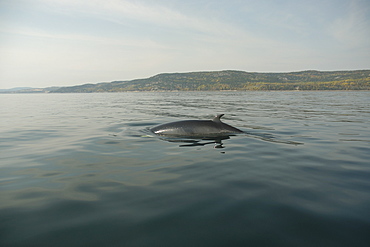
The Indian summer colours the tree line along the coast indicating the oncoming winter. A sign that Minke whales (Balaenoptera acutorostrata) should start their migration south to unknown waters. St. Lawrence estuary, Canada
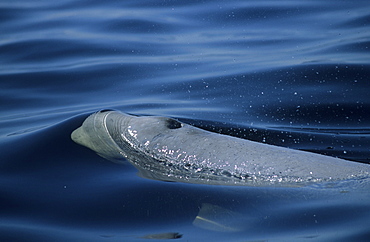
A surfacing beluga whale (Delphinapterus leucas). Note the open blowhole, eye, distinctive lips, and pronounced forehed. St. Lawrence estuary, Canada Sequence 3/3.

The blueish colouration pattern of Blue whales (Balaenoptera musculus) is used for photo-identification. St. Lawrence estuary, Canada
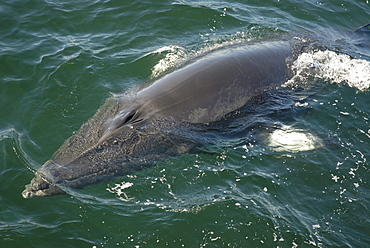
Steering with its pectoral fins the friendly Minke whale (Balaenoptera acutorostrata) turns its streamlined body towards the boat in order to dive under the hull. St. Lawrence estuary, Canada. Sequence 5/6
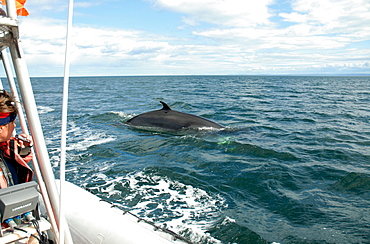
She canÃt be more trusting than that. A curious Minke whale (Balaenoptera acutorostrata) has turned upside down exposing her white belly, navel and genital slits to the photographer. St. Lawrence estuary, Canada
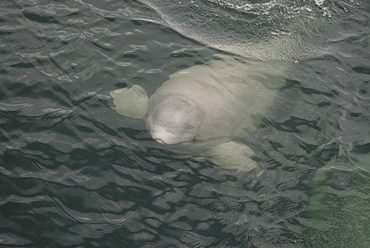
Curious Beluga whale (Delphinapterus leucas) surfaces near the boat, its flippers widely spread in order to keep its balance. Note the distinctive lips and the open eye. St. Lawrence estuary, Canada Sequence 2/2.
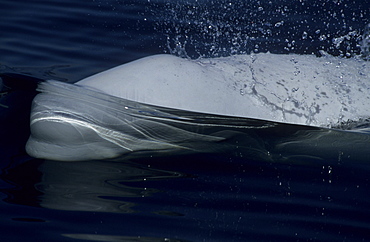
A beluga whale (Delphinapterus leucas) pushing the water up in front of it creating a bow wave similar to ships. St. Lawrence estuary, Canada
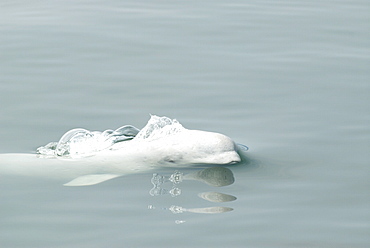
Just a split second before surfacing, a Beluga whale (Delphinapterus leucas) opens its blowhole to exhale ready to inhale when the blowhole has cleared the water. Beluga whales are an endangered and protected species in the St. Lawrence estuary, Canada
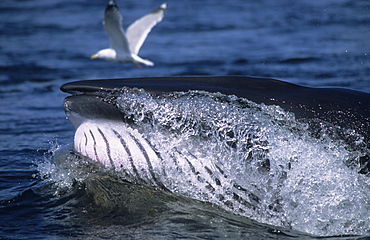
Closeup of a the mouth tip of a lunging Minke whale (Balaenoptera acutorostrata). To extract the engulfed fish the whale purges water through a slight opening between its lips. St. Lawrence estuary, Canada
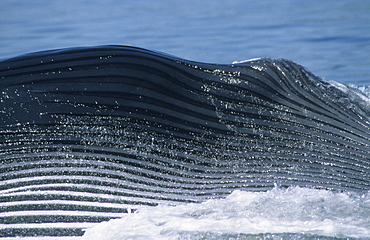
Closeup of the expanded grooves of a giant Blue whale (Balaenoptera musculus) during a lateral lunge, a feeding strike occasionally seen in the St. Lawrence estuary, Canada.
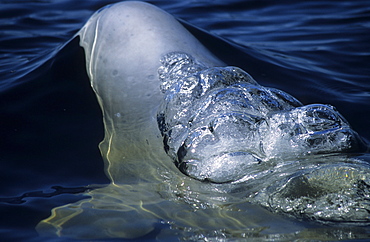
Just before surfacing a beluga whale (Delphinapterus leucas) exhales while its blowhole is still submerged creating large air bubbles. St. Lawrence estuary, Canada
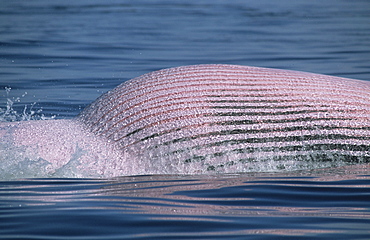
A dense net of blood vessels colour the belly of Minke whales (Balaenoptera acutorostrata) named Picasso pink during high feeding activity. St. Lawrence estuary, Canada
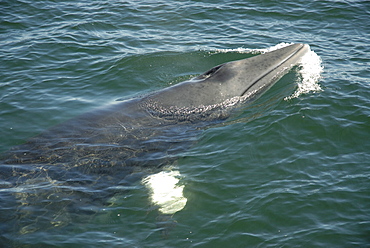
The white flipper band of a Minke whale (Balaenoptera acutorostrata) is visible through the greenish water. This distinctive feature is characteristic of Minke whales of the northern hemisphere and the most obvious difference to their relatives in the Antarctic. St. Lawrence estuary, Canada
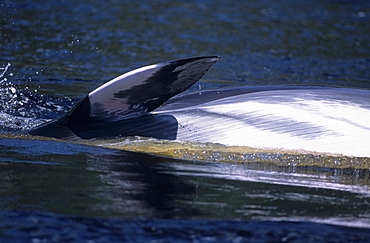
The distinctive colouration pattern of a Minke whale (Balaenoptera acutorostrata). Note that the typical white flipper band extends on to the lower side of the pectoral fin. St. Lawrence estuary, Canada (RR)
